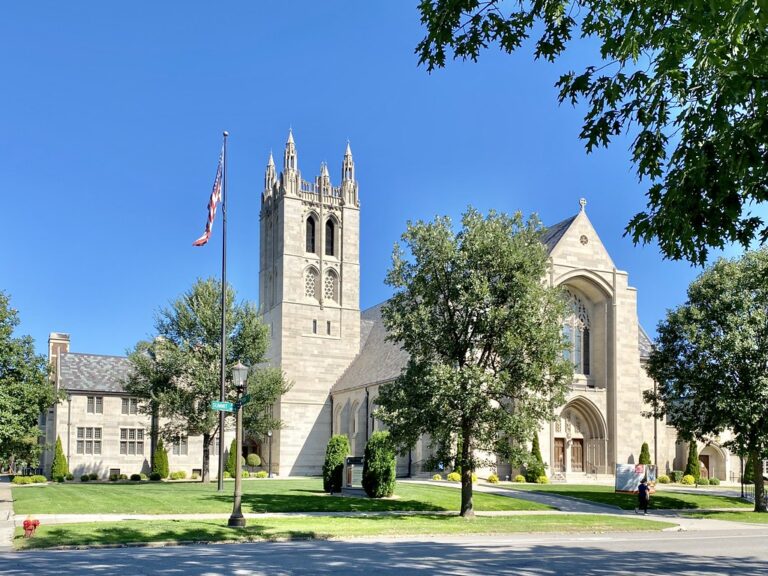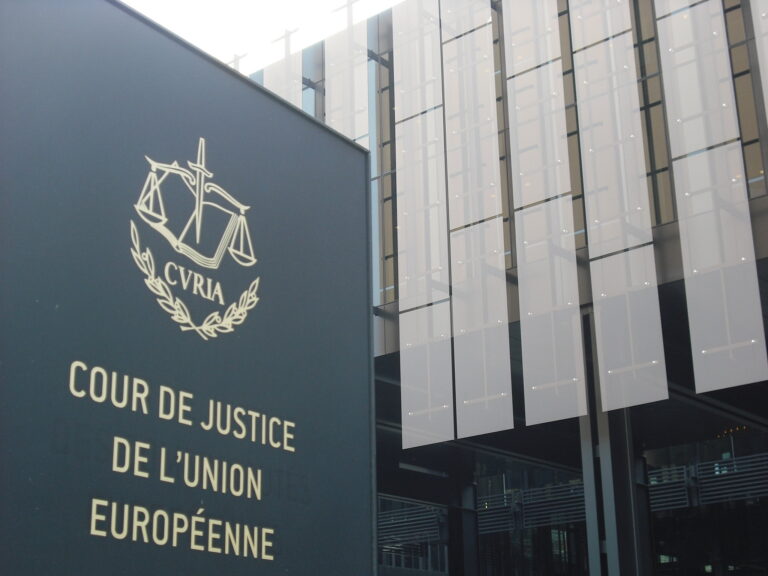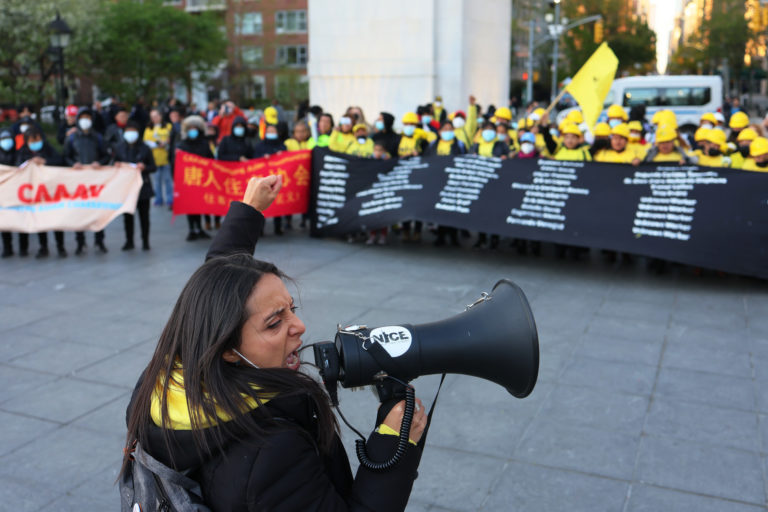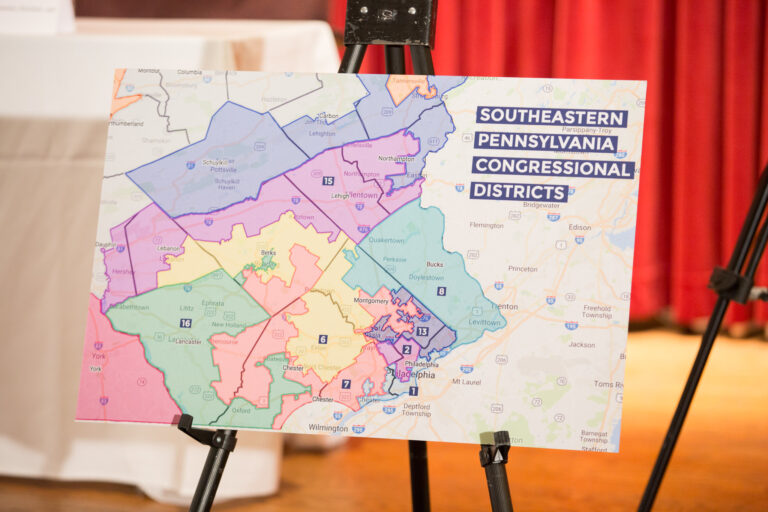Damon Silvers is Visiting Professor, University College London, and from 1997 to 2022 served as Associate General Counsel and Policy Director and Special Counsel to the AFL-CIO.
The last month marked not just the temporary end of women’s constitutional right to choose, but also the permanent end of the current Supreme Court as a respected institution in American life. Dobbs v. Jackson Women’s Health and West Virginia v. EPA are the endgame conceptually (though I fear not practically) of the rot that began with Bush v. Gore. The labor movement already has experienced the consequences of the Roberts Court’s goal-oriented approach to the law in Janus, where the Roberts Court trampled over precedent to in hopes of crippling public sector unionism.
But this week’s decisions, and the likely implications of them both for labor and employment law, and for democracy itself, raise for the labor movement, and for the labor bar, profound questions not just about what to expect, but also about how to relate to the Supreme Court as an institution.
We must assume this Court is not finished its work of seeking to return the United States to the legal order of the distant past. Much attention has been given to the obvious application of Dobbs — its purported legal logic and much more importantly, its underlying political motivations, to attacks on gay marriage, birth control, and the right to marry across racial lines. And of course Justice Thomas’s concurrence lays these reactionary ambitions out explicitly.
But even this is not the likely limit of the Roberts Court majority. The Court will shortly take up the radical idea that state legislatures are sovereign in election matters, unconstrained by their state constitutions. This case is the predicate for making Trump’s January 6th strategy of overturning popular votes legally viable. And finally, it seems to be only a matter of time before at least some justices, perhaps even another five-vote majority, try to revive Lochner.
There is a deep culture of respect for the Supreme Court in the labor bar. Generations of labor lawyers in the post-Lochner era have been trained in the idea that the Court may be more conservative than it was under Earl Warren or even Warren Burger, but it is still a place where smart, well-researched arguments are rewarded with success for our clients. Labor lawyers believe in the Supreme Court as the World Series of law, the place where the work of the law is pursued at the highest level. To stretch the baseball metaphor a bit, this past month’s decisions make clear that Janus is not an aberration, that if the Supreme Court is the World Series of law, it’s the 1919 World Series, where in significant cases the outcome is fixed in advance.
And so, the implications for the labor movement’s lawyers are profound. We need to replace the deference to the Court as an institution with an awareness that the Court and the legal system it shapes and oversees as fundamentally, structurally broken. As such, our legal system awaits intellectual refounding — a rethinking of the meaning of the Constitution in the nation we are becoming and the world in which we are situated.
This type of legal refounding has happened twice before when the Supreme Court tried to use its power to lock in grotesque injustices and dysfunction and to block positive, democratic change.
The first time, in the 1857 Dred Scott decision, the Supreme Court majority held that African Americans were not legal persons in the United States, at a time when in all kinds of ways both African Americans and white Americans were increasingly demanding an end to slavery — pushing the nation irrevocably toward civil war.
The second time the Court went in the direction of trying to prevent the growth of democracy in America was more long lasting, if less bloody. At the turn of the last century, starting with Plessy v. Ferguson and then in Lochner v. New York, the Supreme Court held that the post–Civil War constitutional amendments that were written to undo slavery and protect freed slaves actually did not really prevent racially oppressive laws. Rather, the Lochner Court combined the Civil War amendments with the Commerce Clause to prevent both states and the federal government from regulating economic life.
The Court then used the Lochner doctrine to try to overturn the New Deal. In response, FDR asked Congress to expand the size of the Supreme Court, a power Congress has always had, and ironically had last used in 1869 to shrink the Court in order to prevent then-President Andrew Johnson from maintaining the Dred Scott majority. FDR’s effort both succeeded and failed. Congress did not expand the Court, but key right-wing Justices retired and one, Owen Roberts, changed his vote on the constitutionality of the minimum wage, setting off an era of rapid change in Constitutional law that began with overturning Lochner and its progeny and led to Brown v. Board of Education.
The Roberts Court now seems to combine features of both the Dred Scott Court and the Lochner Court. It has shown in Janus its general direction on workers’ issues. And now the true scale of the Roberts Court’s ambitions, the true depth of its disregard for precedent and modern legal thought has been revealed in this term’s decision. We need to be prepared for this approach to be further applied to labor and employment law.
What that means for the labor movement is not that the labor movement ceases to advocate for workers at the Supreme Court. We must continue to do so, much as labor lawyers continued to appear before the Lochner Court throughout its long reign. But we need to do so within a larger strategy for an intellectual refounding of our legal system, and a political reconstruction of the Court as a collection of individuals.
Because more than individual cases or even bodies of purported legal doctrine, the Supreme Court must repudiate the current Court’s way of constructing the law, what it tells the legal profession and the American public law is, by the way it writes its opinions. Because there is no way to effectively govern contemporary America by having judges mining musty texts in an effort to impose the dead hand of America’s slaveholders and aristocrats on actual contemporary American life.
But we cannot wait for a new Court to begin to construct a genuine legal order. That is the job of law professors, of journalists, of the Justices and clerks who draft dissents today, as well as lower courts and state courts today, in the here and now.
What does that mean for the labor bar and the labor movement? The labor movement needs to emulate Brandeis and Frankfurter, who as a labor lawyer and a law professor, respectively, worked to develop ideas about the Constitution generally and labor law specifically that they knew were not going to be adopted by the Lochner Court, but that simultaneously undercut the legitimacy of that Court. The labor movement needs to build the political tidal wave that will be necessary to make legal change, and we need to understand that part of that is about political education, and part of that is about organizing — that, as was true in the 1930’s, what happens in the American workplace will shape what happens in the court.










Daily News & Commentary
Start your day with our roundup of the latest labor developments. See all
December 18
New Jersey adopts disparate impact rules; Teamsters oppose railroad merger; court pauses more shutdown layoffs.
December 17
The TSA suspends a labor union representing 47,000 officers for a second time; the Trump administration seeks to recruit over 1,000 artificial intelligence experts to the federal workforce; and the New York Times reports on the tumultuous changes that U.S. labor relations has seen over the past year.
December 16
Second Circuit affirms dismissal of former collegiate athletes’ antitrust suit; UPS will invest $120 million in truck-unloading robots; Sharon Block argues there are reasons for optimism about labor’s future.
December 15
Advocating a private right of action for the NLRA, 11th Circuit criticizes McDonnell Douglas, Congress considers amending WARN Act.
December 12
OH vetoes bill weakening child labor protections; UT repeals public-sector bargaining ban; SCOTUS takes up case on post-arbitration award jurisdiction
December 11
House forces a vote on the “Protect America’s Workforce Act;” arguments on Trump’s executive order nullifying collective bargaining rights; and Penn State file a petition to form a union.